Porcupine leading the way on New River Trail.
This trail is an easy 3.2-mile loop trail that runs through several habitat types. Two short sections of the trail go along the road. Actually,* the loop is a collection of 6 short trails: Ocean View Trail, Huckleberry Hill Trail, Ridge Trail, North Trail, Muddy Lake Trail, and Old Bog Trail.
 The map is from New River Trail Guide found on BLM's website
The map is from New River Trail Guide found on BLM's website
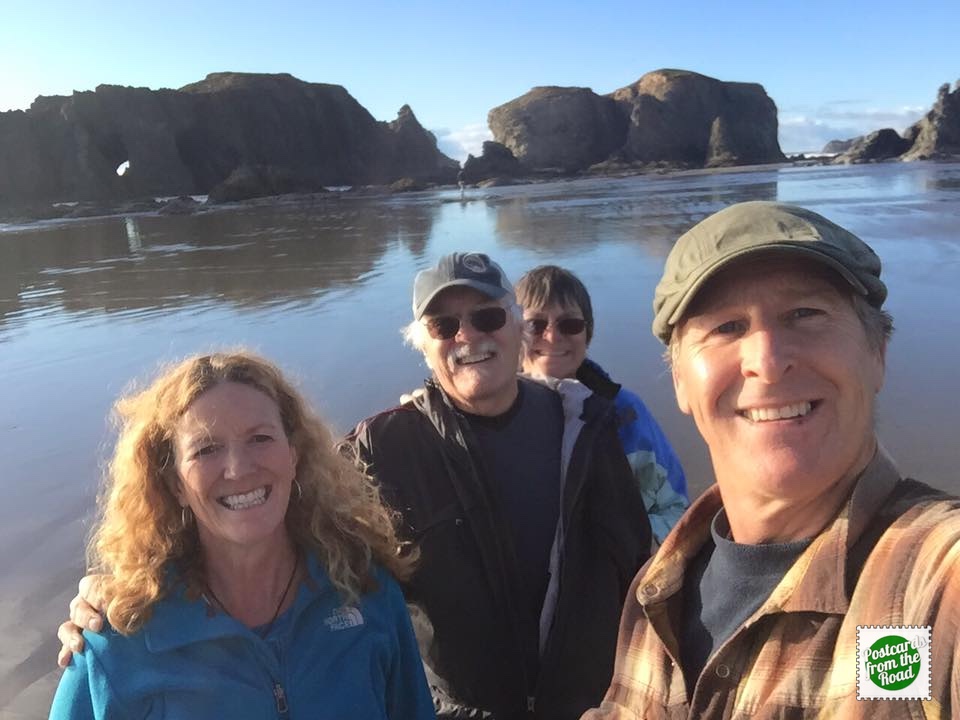 Anne and Craig were in the same general area of the Oregon coast, so we got together for a hike and a late lunch.
Anne and Craig were in the same general area of the Oregon coast, so we got together for a hike and a late lunch.
Coquille Point
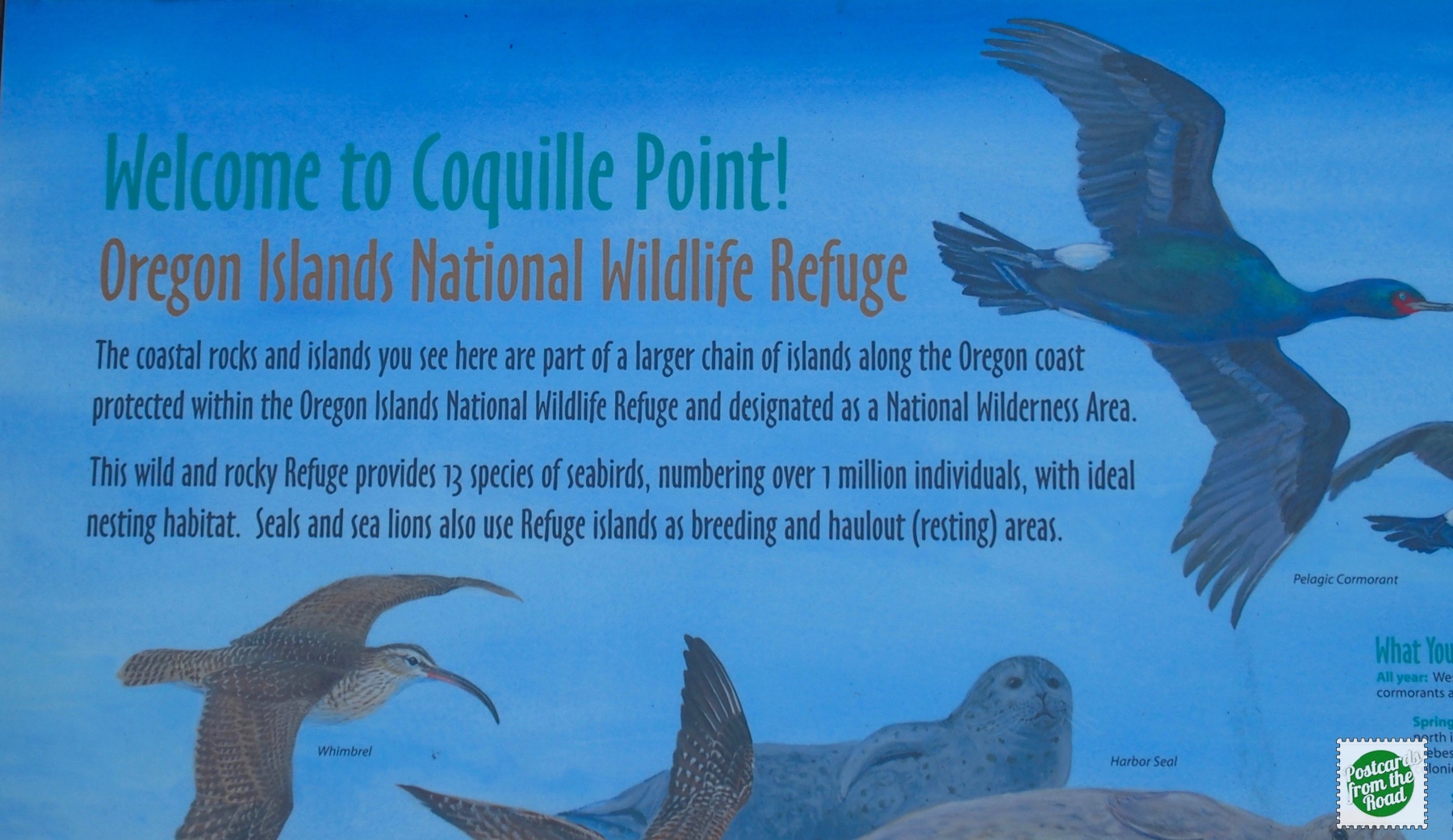
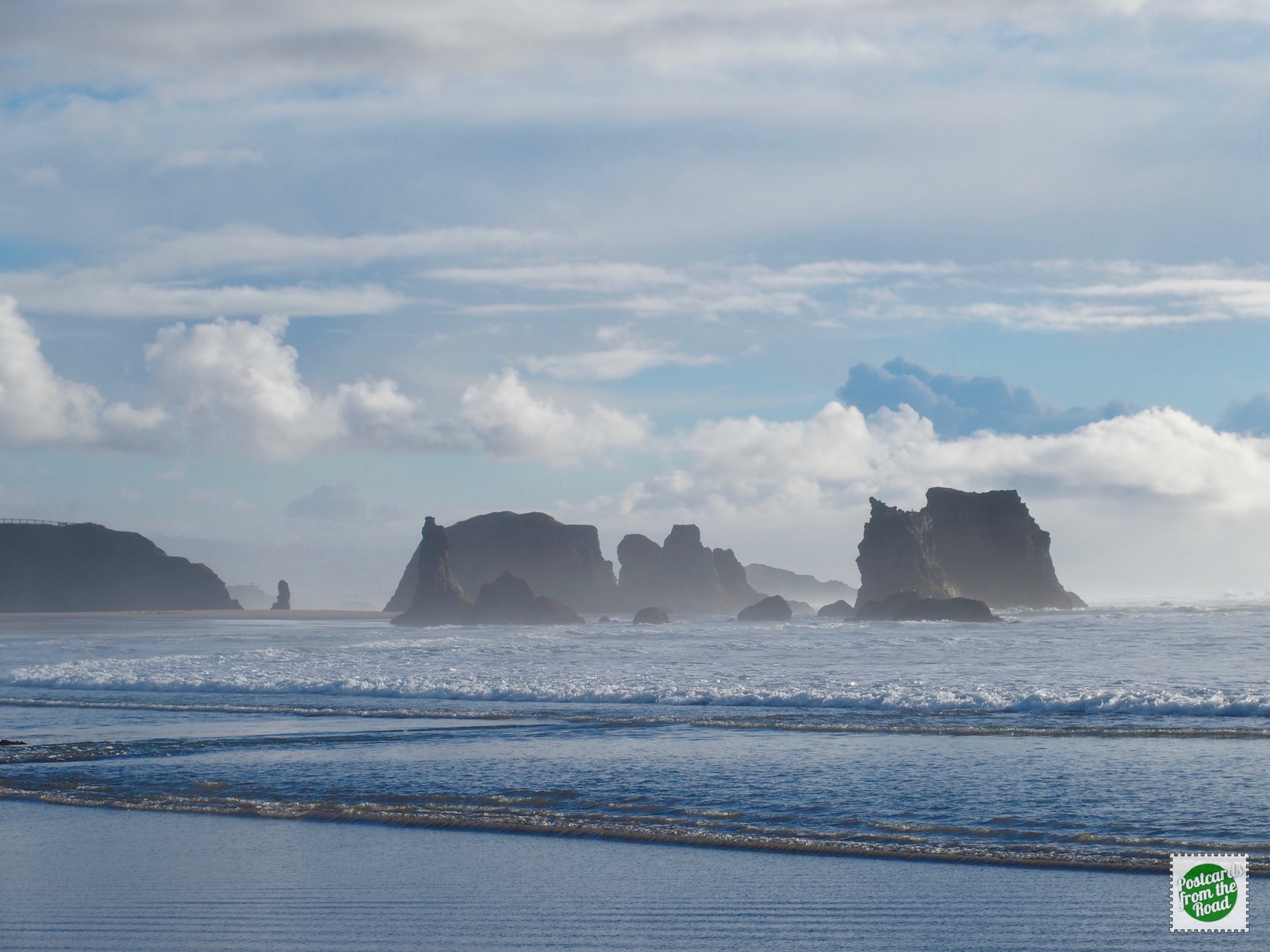
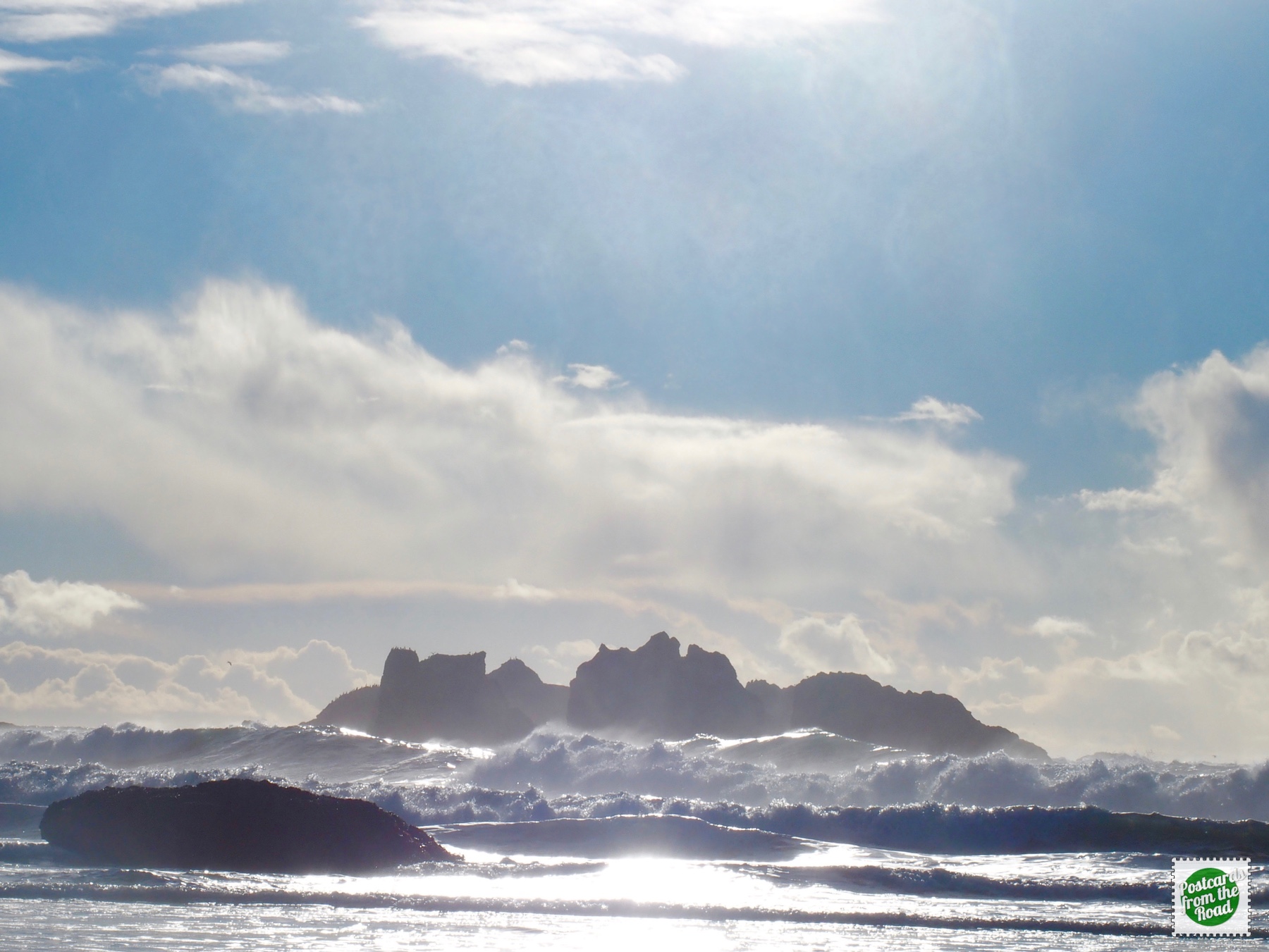
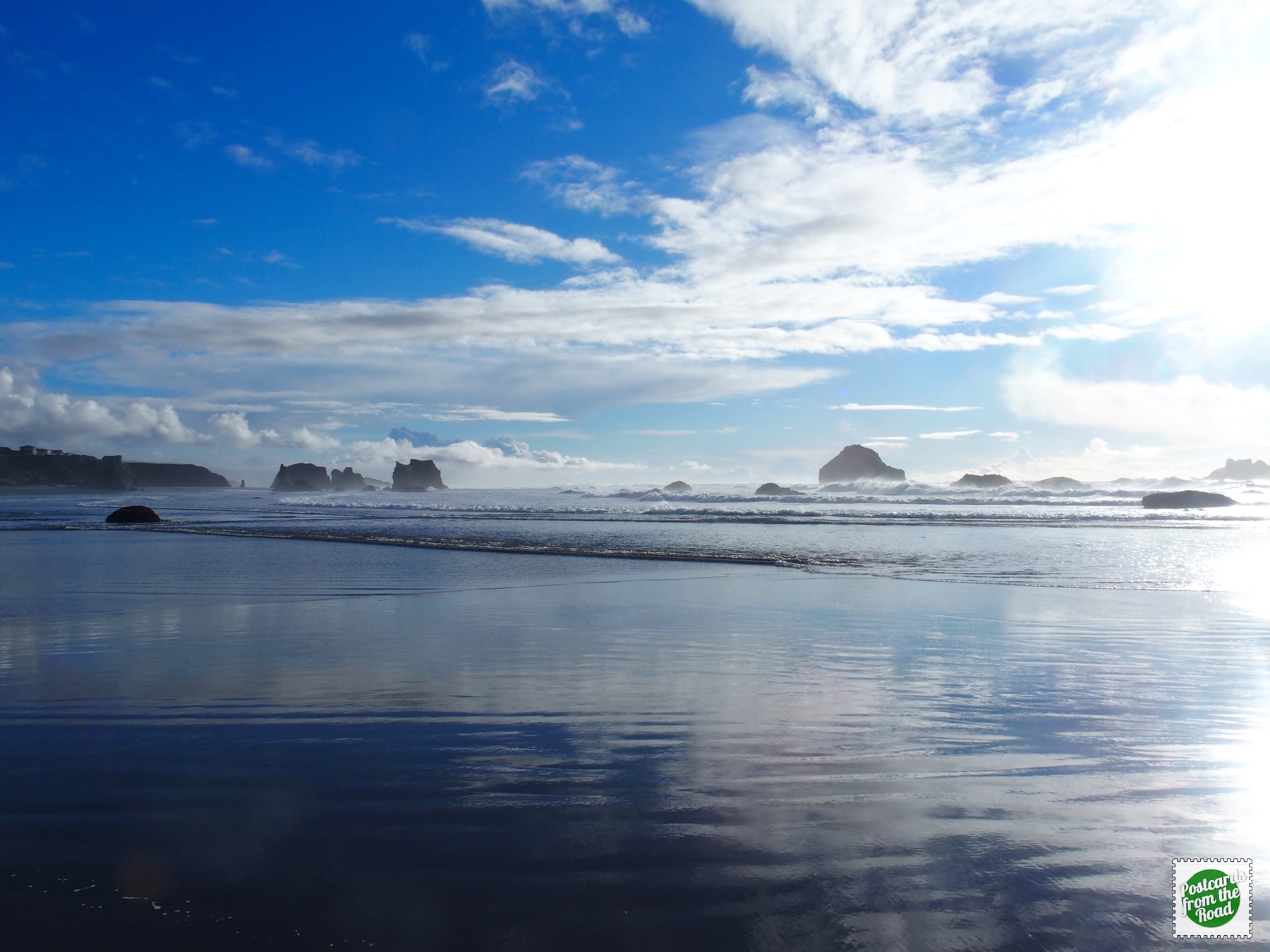
Coquille River Lighthouse
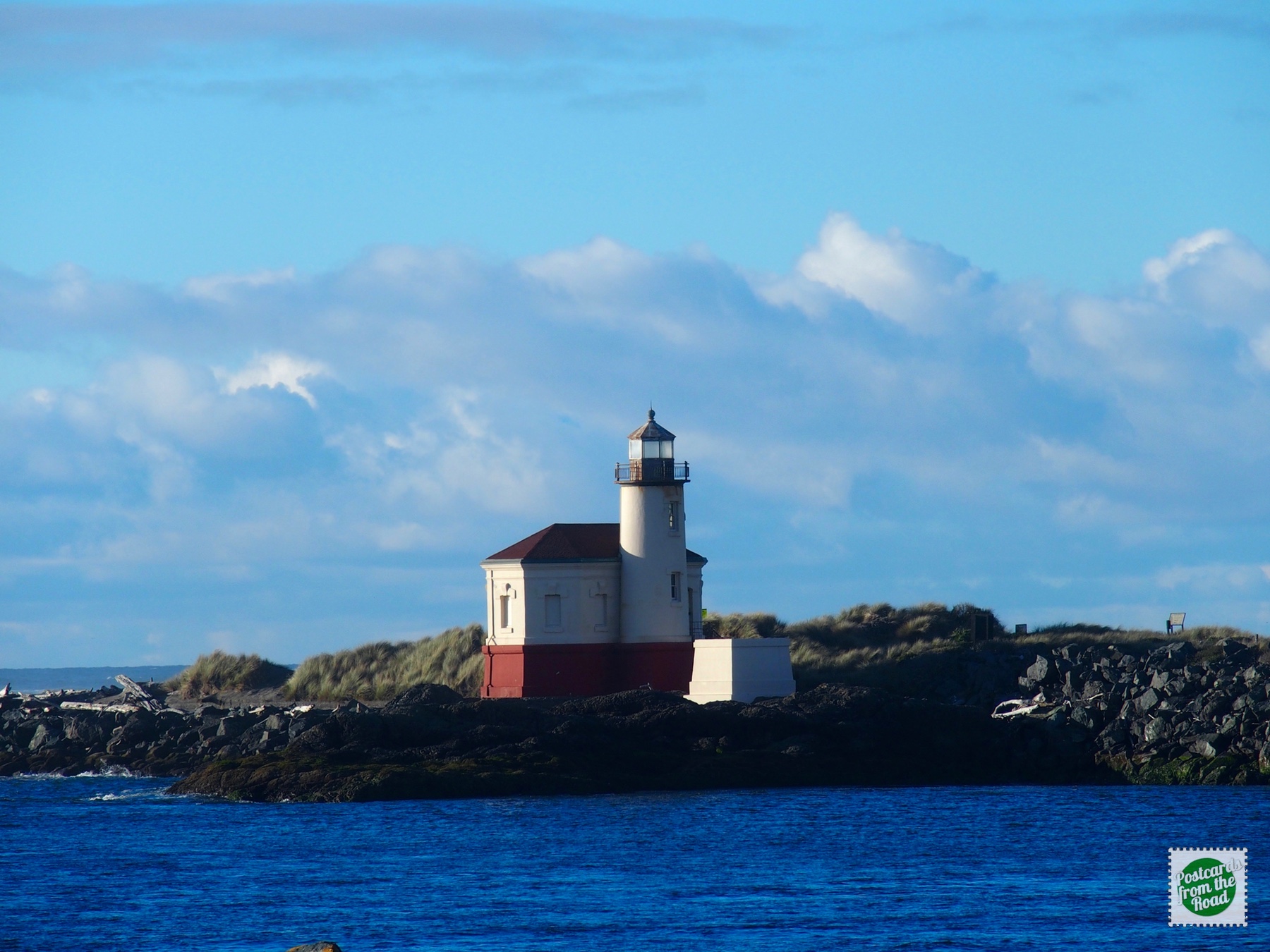 Originally named Bandon Light, Coquille River Light was commissioned in 1895. Over the years, the condition of the light deteriorated due to neglect and vandalism. Its first major restoration began in 1976, and in 1991, a new solar-powered light was installed in the tower.
Originally named Bandon Light, Coquille River Light was commissioned in 1895. Over the years, the condition of the light deteriorated due to neglect and vandalism. Its first major restoration began in 1976, and in 1991, a new solar-powered light was installed in the tower.
Local Flavor – Area Businesses We Enjoyed & Recommend
• Bandon Fish Market This laid back restaurant has wild-caught seafood items on the menu & selected craft beers. We both enjoyed the Halibut burger that came with a side of clam chowder.
The New River Area of Critical Environmental Concern (ACEC) is a protected natural area located in Coos County, Oregon, about 11 miles south of the town of Bandon. The ACEC covers approximately 3,500 acres and is managed by the Bureau of Land Management (BLM) as part of the National Landscape Conservation System.
Unique Ecosystem and Wildlife
The New River ACEC is known for its diverse and unique ecosystem, which includes coastal wetlands, dunes, and old-growth forests. The area is home to a wide variety of plant and animal species, some of which are rare or endangered. Key habitats within the ACEC include:
- Salt marshes
- Freshwater marshes
- Riparian forests along the New River and its tributaries
The New River itself is a relatively short coastal river, flowing for about 20 miles before emptying into the Pacific Ocean. The river and its surrounding wetlands provide important habitat for migratory birds, as well as spawning grounds for anadromous fish species such as coho salmon and steelhead trout.
The ACEC is designated as a globally important bird area due to the high diversity and abundance of avian species found there. Over 220 different bird species have been recorded in the area.
Cultural and Historical Significance
In addition to its ecological significance, the New River ACEC also holds cultural and historical importance. The area has been inhabited by Native American tribes, including the Coquille and Coos, for thousands of years. Archaeological sites within the ACEC provide evidence of their settlements and resource-gathering activities.
The ACEC also contains the remnants of early 20th-century homesteads and logging operations.
Designation and Management
The New River ACEC was designated in 1980 to protect its unique natural and cultural resources. The BLM manages the area to conserve its ecological integrity while also allowing for low-impact recreational activities such as hiking, birdwatching, and nature photography.
A network of trails provides public access to various parts of the ACEC. The New River Nature Center, operated by the BLM, offers educational programs and interpretive exhibits about the area's natural and cultural history.
Climate Change Threats and Conservation Efforts
In recent years, the New River ACEC has faced threats from climate change, including rising sea levels and increased frequency of extreme weather events. The BLM and local conservation groups are working to monitor and mitigate the impacts of these threats in order to preserve the ACEC's delicate ecosystems for future generations.
Overall
The New River Area of Critical Environmental Concern is a valuable natural and cultural resource that represents the diversity and beauty of Oregon's coastal landscapes. Its protection and management by the BLM ensures that this unique area will continue to be enjoyed and appreciated by visitors for years to come.

